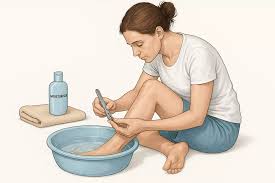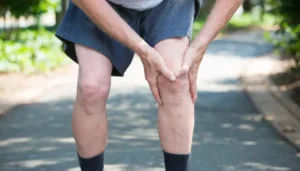Hip pain is a widespread condition that often disrupts mobility and overall quality of life. A variety of treatment options are available to help manage symptoms and improve function. Physicians consider factors such as the underlying cause, severity, and lifestyle when determining the most suitable course of care. Here are a few effective treatment options for hip pain:
Conservative Treatment Methods
Non-surgical approaches are often the first line of treatment for hip pain. Rest helps reduce inflammation and allows tissues to recover, while physical therapy focuses on strengthening muscles around the hip and improving joint flexibility. Anti-inflammatory medications can help manage swelling and discomfort, and analgesics provide additional pain relief when necessary. Activity modification, including avoiding movements that exacerbate symptoms, may also support healing.
Conservative methods can be effective for many patients, particularly when hip pain is mild or developing gradually. Regular monitoring of symptoms allows healthcare providers to adjust treatment as needed. Some individuals experience significant improvement or long-term relief through these approaches alone, while others may require additional interventions if symptoms persist or worsen.
Surgical Treatment Options
Hip replacement surgery is considered when conservative treatments no longer provide relief. The procedure involves removing diseased bone and cartilage and replacing the damaged joint with artificial components. Surgeons access the hip through the muscle layers, removing the femoral head and reshaping the socket. An artificial ball and stem replace the natural hip joint. A titanium shell with a cup-shaped liner forms the new socket, and implants are available in multiple sizes to fit individual anatomy.
Direct Anterior Surgical Approach
Hip replacement surgery can be performed using several approaches, including the Direct Anterior Approach, which accesses the joint from the front of the hip. This method works through natural muscle intervals, avoiding major muscle cuts, preserving soft tissue, and promoting a smoother recovery. Patients often avoid sitting directly on the incision site, experience faster weight-bearing, and may have shorter overall recovery times compared to traditional approaches. The intact muscles also reduce the risk of dislocation, and in many cases, smaller incisions are possible.
Specialized instruments and surgical tables help surgeons perform this approach safely and effectively. These tools allow precise implant placement while maintaining soft tissue integrity. Your surgeon may assess your anatomy, overall health, and specific hip condition to determine whether the Direct Anterior Approach is the best option for your procedure.
Conditions Causing Hip Pain
Several conditions can cause significant hip discomfort, limiting mobility and daily activities. Common causes include:
- Osteoarthritis, where joint surfaces wear down, causing stiffness and pain
- Rheumatoid arthritis, which affects joint tissues differently
- Avascular necrosis, which reduces the blood supply to bone tissue
- Developmental dysplasia, affecting hip socket formation
- Hip fractures, leading to sudden and severe pain
These conditions can also interfere with sleep and overall quality of life.
Implant Longevity Factors
Hip replacement durability is influenced by several factors, including patient age, body weight, and activity levels, which impact how the implant performs over time. The design and materials used also matter, with modern options developed to reduce friction and slow wear. Everyday movements, such as bending, straightening, and weight-bearing, place ongoing stress on the implant, highlighting the need for components that can withstand these demands. Awareness of these factors can guide conversations with healthcare providers about long-term outcomes.













